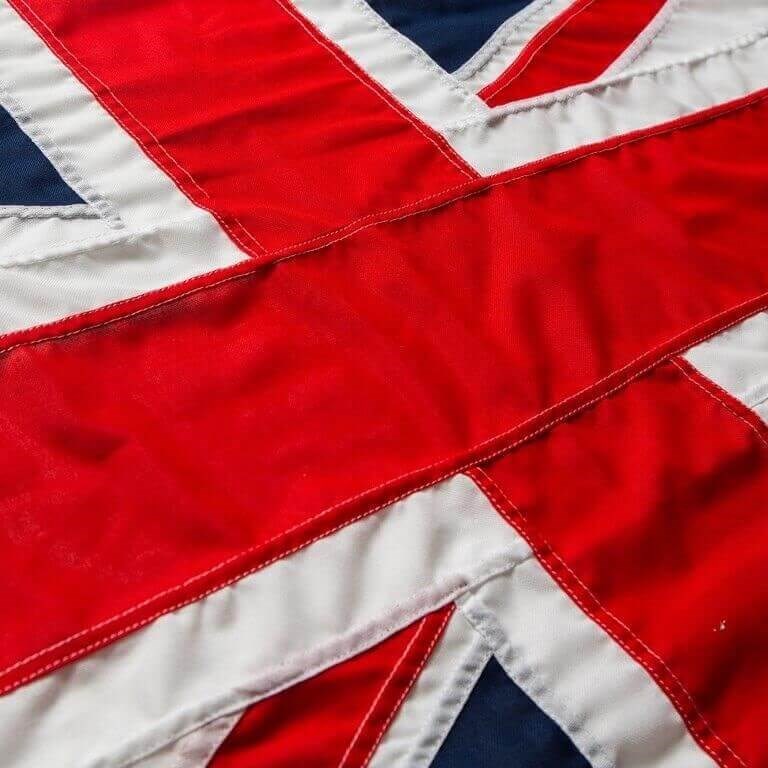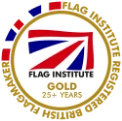A Coat of Arms is a heraldic design that has been used on shields, surcoat or tabard for centuries. Whilst not many families will still display their insignia, there are many organisations and institutions that still make use of their coat of arms.
Dating back to as early as the 11th century, the decoration of shields with embellishments was both for extra protection but also for aesthetic purposes. Designs began quite simple and have become more and more complex over the years. From quartering, adding another coat of arms to show the marriage between two families, to the elements of a full ‘achievement’, there are many ways that a coat of arms can be customised and adorned.
Since the 1200s, arms have been hereditary and are passed along the male bloodline. Whilst women can inherit their familial design, there are several restrictions including having no surviving male relatives, or the coat of arms being displayed on a lozenge rather than a shield. To learn more about the laws that dictate coat or arms use, visit the College of Arms website.
Arms became popular amongst all classes, not just the nobility, between the 13th and 16th century. Highlighted as one of the defining characteristics of the feudal system as families took pride in their designs. Today many coats of arms are trademarked and the families owning them have the right to decide how they are used. Individuals, local councils, and companies can also apply for and purchase coats of arms for traditional and ceremonial use. You probably recognise the coat of arms from the front of a passport, at town or city council events, or from several reputable universities.
Parts of a Coat of Arms
A completed coat of arms is called an “Achievement”, it is comprised of eight different components listed below:
- The shield – The most important part of a coat of arms. A shield can appear on its own or with the full achievement. Each design is unique to the family or organisation who own it and can represent a marriage, history, battles and more.
- The helmet – Sitting above the shield, the type of helmet represents the ranking of the family, or in the case of members of the church, their profession or association.
- The mantling – A two-sided, two coloured cloth that is the drapery tied to the helmet. Often continuing the colour themes from the coat of arms and the principal metal of the shield.
- The wreath/ torse - The wreath is a roll of twisted fabric situated on top of the helmet and underneath the base of the crest. Typically, six twists of cloth are displayed.
- The crest – The crest sits above the wreath and is often used alone or as a logo or icon for the organisation. Sometimes taken from the coat of arms as a representation of the entire design such as an animal or easily recognised item.
- The supporters/ attendants - These are objects, animals or people who stand either side of the shield, they are often depicted as holding it up. They were introduced by Edward III before gaining popularity in the 15th century. Today in England, the right to bear supporters is limited to peers, Knights of the Garter and few other groups of people.
- The coronets - Crowns and coronets sit in the place of the helmet. Crowns are reserved for those with monarchical status whilst coronets can be used for other members of royalty. The design represents different royal statuses but can be granted for other reasons such as to reflect a capital city.
- The mottoes – Usually placed below the coat of arms, mottoes always appear on a scroll and have a very flexible design to match the words. Most commonly appearing in French or Latin, mottoes are believed to originate from war cries but now represent the more contemporary mission statement of a business or institution.
Obtaining an Official Coat of Arms
Anyone can apply for a coat of arms, but there are several steps and costs before the College of Arms grants the official recognition. The first is to submit a petition to the Earl Marshall detailing why the arms is requested. For those with recognised awards and achievements, this increases the chances of approval.
If your application is successful, you must pay a fee to the College of Arms. Fees range from £6,600 to £20,450 depending on the type of individual or organisation making the application. Additional badges, supporters and extras come with higher fees. The King of Arms designs the coat of arms with full discretion over the design. Applicants’ wishes are taken into account but the ultimate decision is there to ensure the unique element of each arms.
Following approval from the applicant, the coat of arms is resubmitted to the College of Arms where it is then patented. Following the granting of a patent, the now owner of the coat of arms have the sole ability to decide how their arms are manufactured and
However, anyone can make their own unofficial Coat of Arms Flag
Flagmakers are proud to have produced some stunning pieces featuring various Coats of Arms. We have made a range of flags for councils, institutions, and individuals to showcase the historical, traditional, and ceremonial significance they can have across the world.
For high quality, exquisite detail, and a flag worthy of the coat of arms you want to display, choose Hand-Painted flags or Embroidered Flags. Call XXXXX XXX XXX or email info@flagmakers.co.uk to begin the process of putting your Coat of Arms on a flag.





